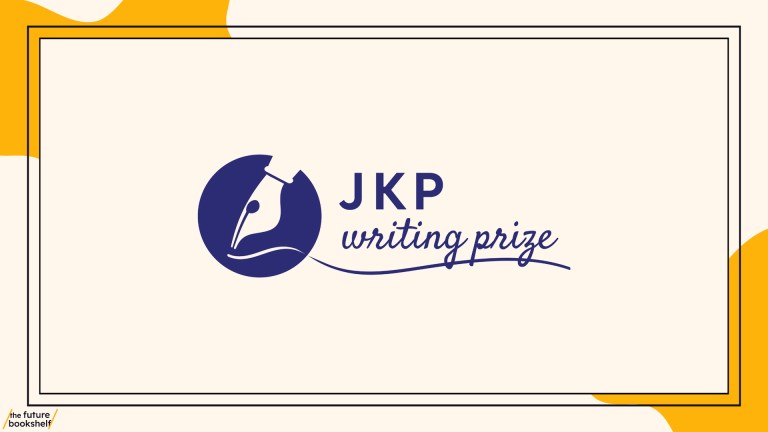‘It is not your job to be a textbook but to tell a story’

To quote Dr. Seuss, when it comes to fiction, there’s just no telling all the places you’ll go. Setting and atmosphere can often be the abiding memory one has of a book. For me, I cannot think of Anna Karenina without picturing Levin cutting the grass, or Kitty skating on the ice. I can still clearly visualise Jane Eyre arriving at Thornfield Hall on that dark night, still feel the heat and menace of the house and garden in the south of France from the first Patrick Melrose novel, still walk the streets of the Amsterdam in The Miniaturist in my mind. In fiction, setting is everything. But how do you best evoke it, to the point that if it the place is real then readers will flock there, like du Maurier fans tramping over Exeter moors in search of Jamaica Inn? And if it is not real, how do you persuade them to never forget a place they’ve never known?
The first book I ever edited was an historical novel set in 1830s London. It opens with the equivalent of one of those sweeping shots Joe Wright (director of Atonement, Pride and Prejudice and Anna Karenina – so a particular favourite of mine) is so fond of. We come down the Thames, pass several landmarks, stop off for a bite at a tavern and slowly make our way into the murk of the Bethnal Green slums. It was the writer’s ability to make me feel submerged in that London (and entirely forget the real London that I live and work in every day) that first convinced me this was a novel I wanted to publish. In historical fiction, what really matters in the setting is detail; be it smell, or texture, or period detail. Of course, any writer of historical novels will tell you it is not your job to be a textbook but to tell a story – so go with colour and shade, rather than meticulous specificity. Do your research in books, yes, but look at paintings and watch films too, soak up that atmosphere and then deliver it to your reader as deftly as possible because with historical settings, less can often be more.
At the other end of the spectrum, if you’re writing speculative or genre fiction then you need detailed architecture to support your story-telling and give the whole thing an unbreakable internal logic and heft. I think it is best to build your world with as much detail as possible, especially in your mind and in your notes and then pare it back, leaving enough there for it to be immersive but not over-burdened with multiple concepts. The reader is capable of embellishing for themselves (and in the age of fan fiction, run riot in the world entirely without the author) but you, the writer, need to know how everything works – it has to be up to scrutiny! An excellent recent example of hugely atmospheric setting but very light detail is The End We Start From by Megan F. Hunter – a master class in how to create a very realistic and believable setting. Or, a very different but equally effective example of world building is the extravagantly detailed The Long Way to a Small Angry Planet by Becky Chambers. That is a rich setting that I still think about more than a year after reading the book.
Wherever and whenever your novel is set, the end goal should be the same: to give the reader a clear picture in their mind’s eye that stays with them long after they’ve finished the book and moved on to another. It doesn’t have to always be poetic (though for me, some of the best and most evocative settings often owe much to poetry) but it has to be there; the characters need their stage. Beg, borrow and steal from the fiction you love (not literally steal, that’s plagiarism) by soaking up those scenes that you feel yourself wanting to walk into, and then break it down and try to understand how the writer brought this about. A particular favourite of mine, for example, is the opening of Half of a Yellow Sun by Chimamanda Ngozi Adichie – I read it many years ago and couldn’t tell you many plot details, but I recall the heady fragrance of the flowers in the compound Ugwu enters on the first page of that novel as well as if I had smelt them myself.
This happens a lot actually: I cannot remember character names or even the story of books I’ve really loved, but I can nearly always recall at least one visual, drawn for me with words, of a dimly lit street, or a richly furnished room, a glowing sunset, or a gorgeous landscape that’s come suddenly into view. That’s the power of a good setting.
Melissa Cox is Editorial Director at Hodder & Stoughton and commissions both Fiction and Non-Fiction. She started her career as a Saturday girl at Waterstones in Romford and over her nine years with the company worked her way through various roles and eventually ended up as Head of Books. She switched from bookselling to publishing last year and lives in South London.





